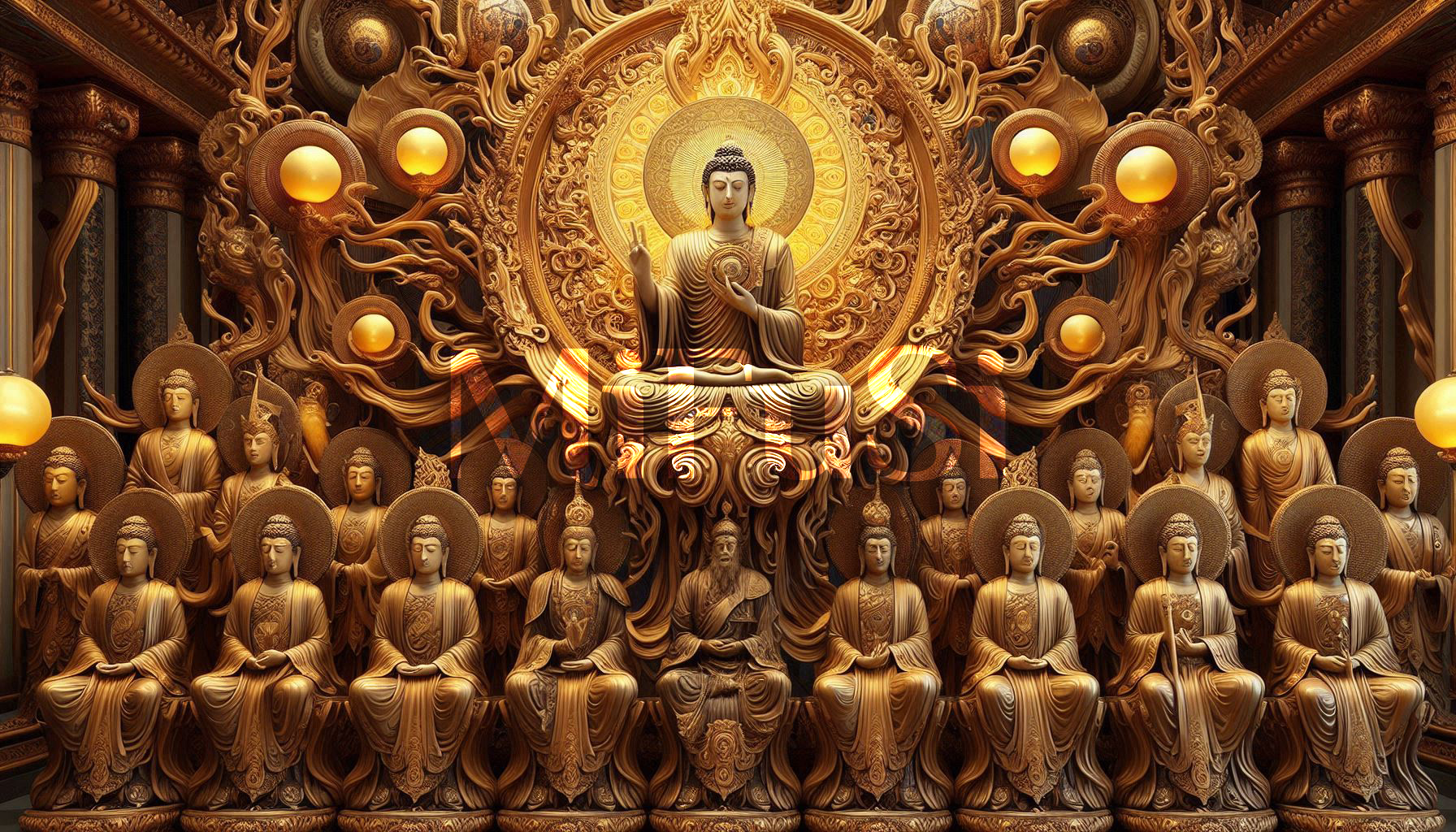Dear Mystics Members,
Explore an excerpt from the Dalai Lama’s “Freedom in Exile.” Delve into Chapter 12, “Of Magic and Mystery,” to uncover insights into Tibetan spirituality and traditions.
Nechung Oracle
For example, I hope one day to organize some sort of scientific enquiry into the phenomenon of oracles, which remain an important part of the Tibetan way of life.
Before I speak about them in detail, however, I must stress that the purpose of oracles is not, as might be supposed, simply to foretell the future. This is only part of what they do. In addition, they can be called upon as protectors and in some cases they are used as healers. But their principal function is to assist people in their practice of the Dharma. Another point to remember is that the word “oracle” is itself misleading. It implies that there are people who possess oracular powers. This is wrong. In the Tibetan tradition there are merely certain men and women who act as mediums between the natural and the spiritual realms, the name for them being kuten, which means, literally, “the physical basis”. Also, I should point out that whilst it is usual to speak of oracles as if they were people, this is done for convenience. More accurately, they can be described as”spirits” which are associated with particular things (for example a stature), people and places. This should not be taken to imply belief in the existence of external independent entities, however.
In former times there must have been many hundred oracles throughout Tibet. Few survive, but the most important – those used by the Tibetan Government – still exist. Of these, the principal one is known as the Nechung oracle. Through him manifests Dorje Drakden, one of the protector divinities of the Dalai Lama.
Nechung originally came to Tibet with a descendant of the Indian sage Dharmapala, settling at a place in Central Asia called Bata Hor. During the reign of King Trison Dretsen in the eighth century AD, he was appointed protector of Samye monastery by the Indian Tantric master and supreme spiritual guardian of Tibet, Padmasambhava. (Samye was in fact the first Buddhist monastery to be built in Tibet and was founded by another Indian scholar, the abbot Sahntarakshita.) Subsequently, the second Dalai Lama developed a close relationship with Nchung – who had by this time become closely associated Drepung monastery – and thereafter Dorje Drakden was appointed personal protector of succeeding Dalai Lamas.
For hundreds of years now, it has been traditional for the Dalai Lama, and the Government, to consult Nechung during the New Year festivals. In addition, he might well be called upon at other times if either have specific queries. I myself have dealing with him several times a year. This may sound far –fetched to twenty-century western readers. Even some Tibetans, mostly those who consider themselves “progressive”, have misgiving about my continued use of this ancient method of intelligence gathering. But I do so for the simple reason that as I look back over the many occasions when I have asked questions of the oracle, on each one of them time has proved that his answer was correct. This is not to say that I rely solely on the oracle’s advice. I do not. I seek his opinion in the same way as I seek the opinion from my Cabinet and just as I seek the opinion of my own conscience. I consider the gods to be my “upper house”. The Kashag constitutes my lower house. Like any other leader, I consult both before making a decision on affairs of state. And sometimes, in addition to Nechung’s counsel, I also take into consideration certain prophecies.
In one respect, the responsibility of Nechung and the responsibility of the Dalai Lama towards Tibet are the same, though we act in different ways. My task that of leadership, is peaceful. His, in his capacity as protector and defender, is wrathful. However, although our functions are similar, my relationship with Nechung is that of commander to lieutenant: I never bow down to him. It is for Nechung to bow to the Dalai Lama. Yet we are also vey close, friends almost. When I was small, it was touching. Nechung like me a lot and always took great care of me. For example, if he noticed that I had dressed carelessly or improperly, he would come over and rearrange my shirt, adjust my robe and so on.
But despite this sort of familiarity, Nechung has always shown respect for me. Even when his relations with the Government have deteriorated, as they did during the last few years of the Regency, he invariably responds enthusiastically whenever asked anything about me. At the same time, his replies to questions about government policy can be crushing. Sometimes he just responds with a burst of sarcastic laughter. I well remember a particular incident that occurred when I was about fourteen. Nechung was asked a question about China. Rather than answer it directly, the kuten turned towards the East and began bending forward violently. It was frightening to watch, knowing that this movement combined with the weight of the massive helmet he wore on his head would be enough to snap his neck. He did it at least fifteen times, leaving no one in any doubt about where the danger lay.
Dealing with Nechung is by no means easy. It takes time and patience during each encounter before he will open up. He is very reserved and austere, just as you would imagine a grand old man of ancient times to be nor does he bother with minor matters: his interest is only in the larger issues, so it pays to frame questions accordingly. He also has definite likes and dislikes, but he does not show them very readily.
Nechung has his own monastery in Dharamsala, but usually he comes to me. On formal occasions, the kuten is dressed in an elaborate costume consisting of several layers of clothing topped by a highly ornate robe of golden silk brocade, which is covered with ancient designs in red and blue and green and yellow. On his chest he wears a circular mirror which is surrounded by clusters of turquoise and amethyst, its polished steel flashing with the Sanskrit mantra corresponding to Dorje Drakden. Before the proceedings begin, he also puts on a sort of harness, which supports four flags, and three victory banners. Altogether, this outfit weighs more than seventy pounds and the medium, when not in trance, can hardly walk in it.
The ceremony begins with chanted invocations and prayers, accompanied by the urgings of horns, cymbals and drums. After a short while, the kuten enters his trance, having been supported until then by his assistants, who now help him move to a small stool set before my throne. Then, as the first prayer cycle concludes and the second begins, his trance begins to deepen. At this point, a high helmet is placed on his head. This item weighs approximately thirty pounds, though in former times, it weighed over eighty.
Now the kuten’s face transforms, becoming rather wild before puffing up to give him an altogether strange appearance, with bulging eyes and swollen cheeks. His breathing begins to shorten and he starts to hiss violently. Then, momentarily, his respiration stops. At this point the helmet is tied in place with a knot so tight that I would undoubtedly strangle the kuten if something very real were not happening. The possession is now complete and the mortal frame of the medium expands visibly.
Next, he leaps up with a start and, grabbing a ritual sword from one of his attendants, begins to dance with slow, dignified, yet somehow menacing, steps. He then comes in front of me and either prostrates fully or bows deeply from the waist until his helmet touches the ground before springing backup, the weight of his regalia counting for nothing. The volcanic energy of the deity can barely be contained within the earthly frailty of the kuten, who moves and gestures as if his body were made of rubber and driven by a coiled spring of enormous power.
There follows an interchange between Nechung and myself, where he makes ritual offerings to me. I then ask any personal questions I have for him. After replying, he returns to his stool and listens to questions put by members of the Government. Before giving answers to these the kuten begins to dance again, thrashing his sword above his head. He looks like a magnificent, fierce Tibetan warrior chieftain of old.
As soon as Dorje Drakden has finished speaking, the kuten makes a final offering before collapsing, a rigid and lifeless form, signifying the end of the possession. Simultaneously, the knot holding his helmet in place is untied in a great hurry by his assistants, who then carry him out to recover whilst the ceremony continues.
Surprising as it may seem, the oracle’s replies to questions are rarely vague. As in the case of my escape from Lhasa, he is often very specific. But I suppose that it would be difficult for any scientific investigation either to prove or disprove conclusively the validity of his pronouncements.
Related Post
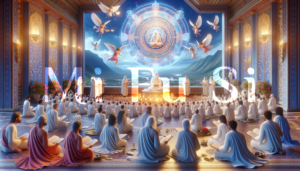
Pros and cons of Old Guru Secret Teaching
Pros and cons of Old Guru Secret Teaching (Lý luận về Mật tông Thiên Đình by Mộc Trúc on Fri...
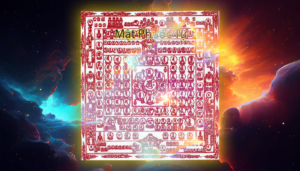
Chapter II: IV – Secret Buddhism in South East Asia
Ceylon, Siam, Cambodia, Indonesia, Malaysia, and Thailand belong to the Theravada or Southern Buddhism. The Buddhist scriptures recorded that Buddhism...
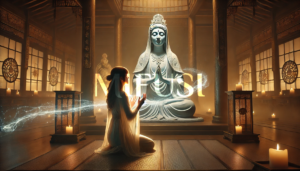
The initation Rites for a child’s soul
The initation Rites for a child's soul Vong Trạng xin điểm đạo by XuanYen on 16 Dec 2009, 11:42; Translated...
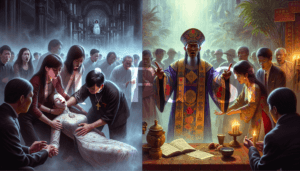
MY AUNT’S SPIRIT POSSESSION
MY AUNT'S SPIRIT POSSESSION (Quỷ nhập- Câu chuyện ôn tập lời dạy của Tổ, Thầy by Bạch Hạc on Wed...
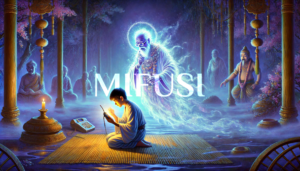
A grandchild from the future
A grandchild from the future Đứa cháu ở tương lai by kiemmadocco on Dec 05, 2017 at 8:57 pm. Translated...
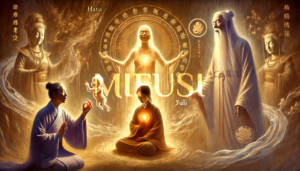
A Case of Efficient Exorcism
A Case of Efficient Exorcism LỄ ĐIỂM ĐẠO THÚ VỊ by HanaHuynh on Oct 06, 2017, 11:46, translated by Chunglinho,...

Story 13 – Unity in Spiritual Traditions
Story 13 - Unity in Spiritual Traditions Câu chuyện số 13 - Nguyên lý đạo là Một Translated by Dianichi,...
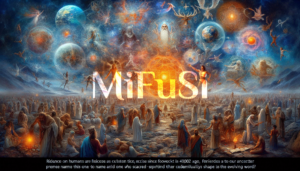
The Celestial Government
The Celestial Government Thiên Đình - Guồng máy siêu hình by Triệu Nghiêm on 07 Tháng 9 2021, 18:52; translate...
